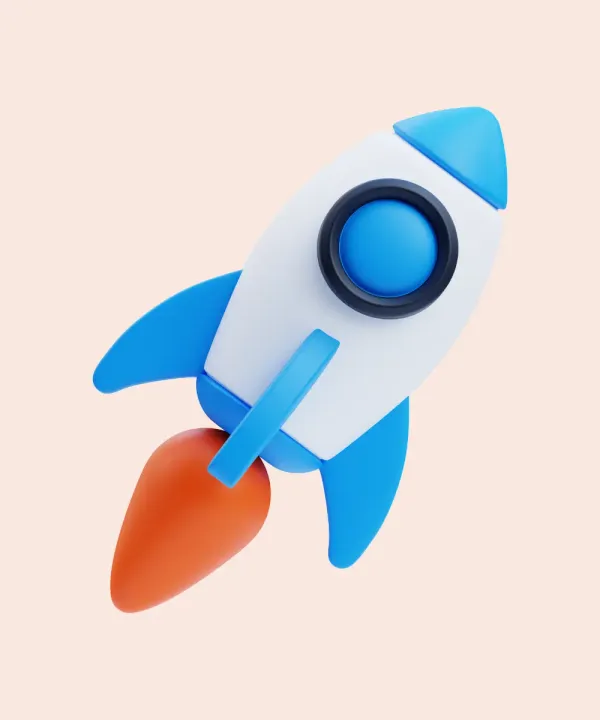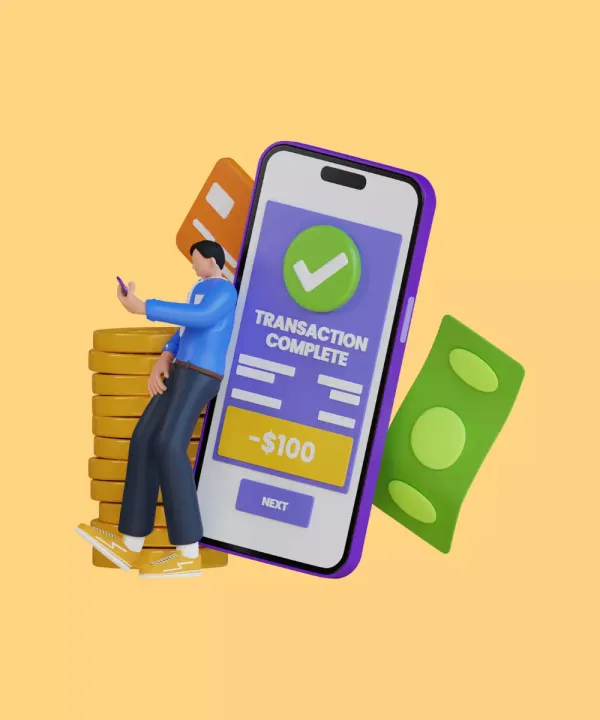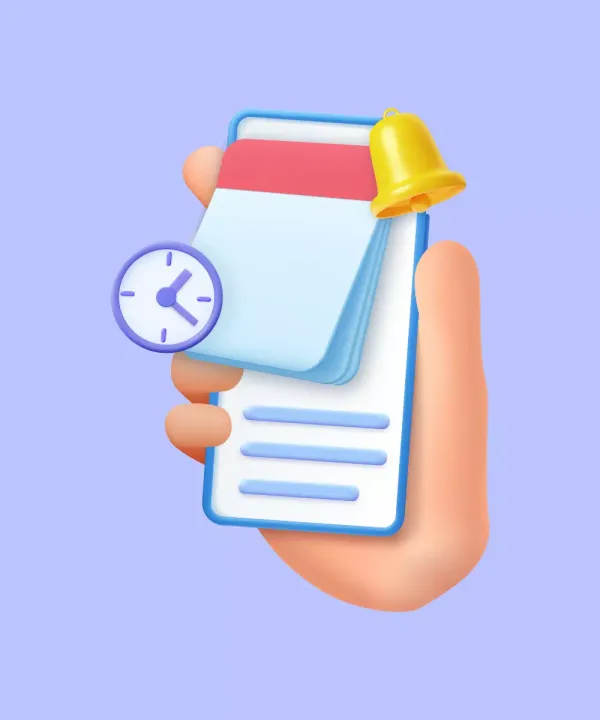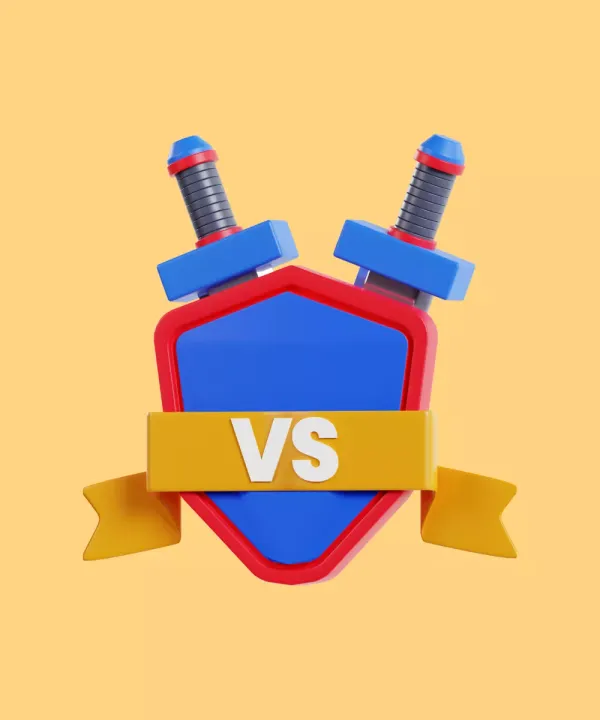First of all, there is a list of scenarios when you should definitely consider using Flutter (if one of them resonates with you, keep reading – you won't regret it):
- You are a startup, and you need to develop a Minimum Viable Product (MVP);
- Don’t want to manage several development teams;
- Just need a beautiful and smoothly working cost-effective app.
MVP for startup
A minimum viable product is a version of a product that has enough features to be used by early customers and provide valuable feedback for future product development. If you are interested in learning more about the importance of starting with an MVP, we recommend reading this article.
Here is the list ofthe important aspects of MVP development:
Cost
Economic efficiency is almost always a priority for any project. It’s even more relevant for early-stage startups. Because they need to test their business hypothesis with just FFF/Pre-seed/Seed money before they win stakeholder/investor attention to buy-in.
Time to market (TTM)
Even the most brilliant entrepreneurs don’t know exactly what the market needs. And there is always a risk of developing the super coolest product which people won’t use. So you should always think about reducing TTM and developing your MVP faster, and cheaper without any technical debt that will restrict scaling.
Scaling
As a startup, you should be as flexible as possible. Pivoting, and rapid scaling – all of that can often happen to the startup. The technology you are using for your product shouldn't restrict you from such changes.
Flutter’s response
Cost, TTM
Firstly, Flutter allows you to have just a singlecodebase for all platforms. That means if there is a need to develop an Android and iOS app, you will save up to 60% using Flutter, compared to native development since you don’t need to write different native apps. Secondly, the less amount of work means a shorter TTM.
Scaling
One codebase means you are extremely flexible with the product:
- Do you want to expand to a new platform? Fine, just make some changes to the codebase with the same team of developers. No need to hire an additional new team and write a new app;
- Need to make a pivot? Fine, just correct a single codebase without any need to rewrite multiple apps.
But React Native…
It’s a long story about why we prefer Flutter to React Native. Shortly, there are just a few points:
- Flutter has better performance;
- Flutter has extensive auto testing capabilities;
- Development speed;
- According to Google Trends, StackOverflow questions statistics, and Github stars number, Flutter is 1.5 times more popular than React Native among developers;
- Flutter apps are more secure against reverse engineering attacks.
Getting back to the context of this article, startups often have a sort of innovation that needs to be supported by the platform. Using React Native, sometimes you can’t use the full capabilities of devices which makes it less powerful than Flutter. On the other hand, Flutter allows developers to write their own widgets fast and simply even in case Flutter doesn’t support some of the new platform capabilities.
Though, there is a chance that you already have a JavaScript developer on your team. From a business perspective, React Native would be a good choice in this specific case.
You don’t want to manage several development teams
In addition to all these facts, we mentioned above, Flutter just makes your life easier as a manager. You need just one team to develop several apps for different platforms. It’s even more crucial if you have never had an experience of managing multiple teams.
Beautiful and smoothly working cost-effective app
Not only startups consider using Flutter. There are a lot of featured stories from companies like BMW, eBay, Alibaba, Google, Vivafit, Lifely about the advantages they have received using Flutter for their products. Let’s try to figure out why these companies chose Flutter.
eBay motors:
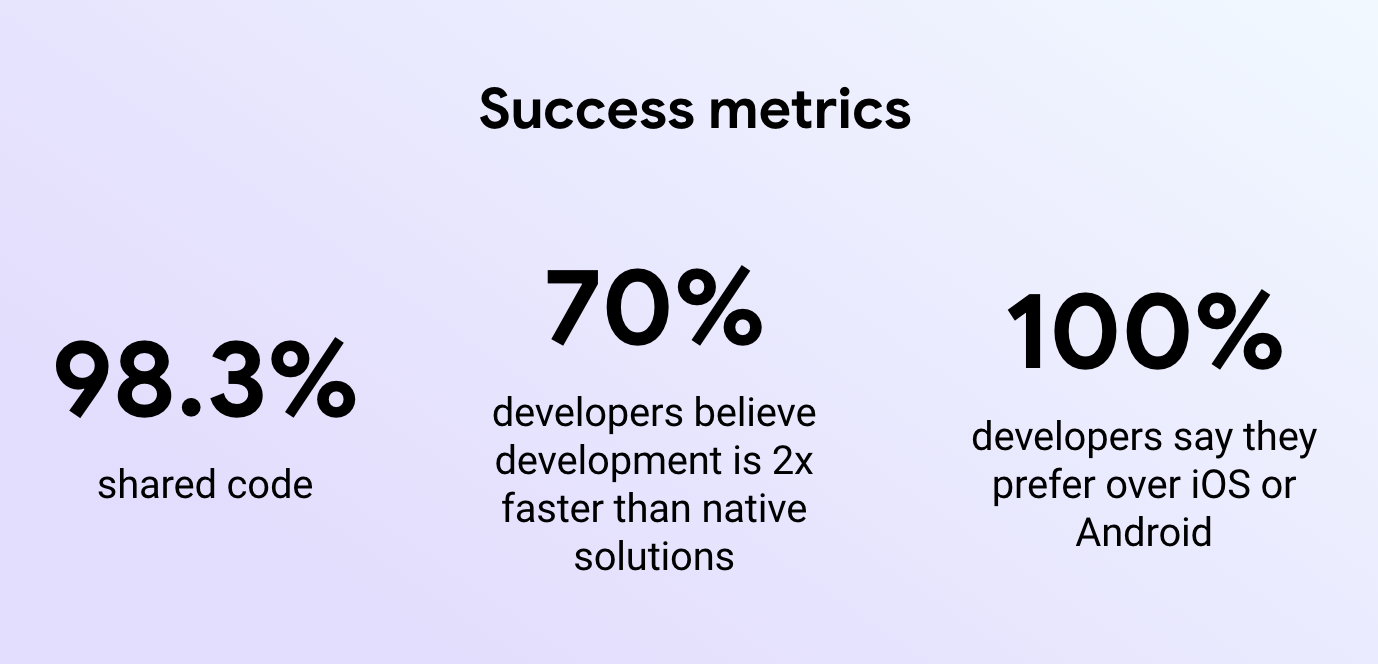
Google Pay:
"The team initially tested Flutter as an Add-to-app possibility, but the opportunity to rewrite the whole app was too big to ignore.
While it meant a heavy upfront investment of engineering resources, it would allow the team to unify their engineering leadership, shift their work away from endlessly patching holes, and increase the speed and efficiency of their client development for faster response and implementation times.
Above all, migrating to Flutter would enable fast, resource-efficient scaling of Google Pay around the world. Whereas building out features on both Android and iOS required double the effort, Flutter would only require about 1.2 times as much work. So they decided to take the plunge."
BMW:
"As it was out of question to double up the iOS development teams for Android, thereby doubling costs and effort, a cross platform solution was evaluated. A small task force evaluated several cross-platform frameworks, including Flutter. Initially, the team was concerned that Flutter was not yet mature enough for the scale at which BMW needed to operate, so they designed several proofs-of-concept with each of the other frameworks. However, all the other platforms fell apart when the team decided against web-based content for a better user experience.
As you can see, even top-tier companies prefer to use Flutter for cost-effective product development instead of native development or other cross-platform frameworks."
Summing things up
Flutter is a new and innovative technology that has gained popularity among both businesses and developers. It beats other alternatives in most criteria: performance, speed, convenience, security. The unique benefits that Flutter offers make it particularly well-suited for creating a Minimum Viable Product and other mentioned cases.


